A voltage divider is a simple circuit that can reduce voltage. It distributes the input voltage among the components of the circuit. The best example of a voltage divider is two resistors connected in series, with the input voltage applied across the resistor pair and the output voltage taken from a point between them. It is used to produce different voltage levels from a common voltage source but with the same current for all components in the series circuit.
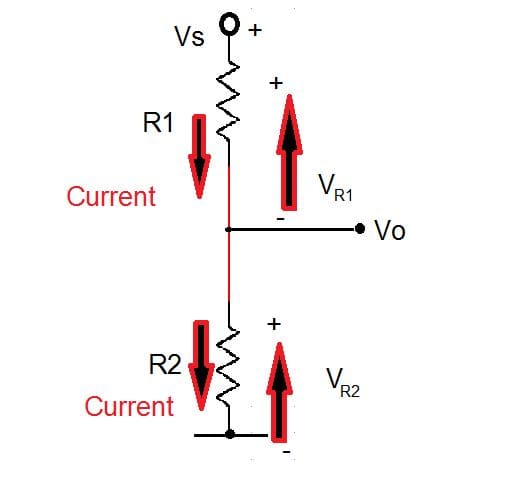
Voltage Drop and Input Voltage
The voltage drop across R2 is the output voltage and that’s also the divided voltage across the circuit. The voltage divider referenced to ground is created by connecting two resistors in series. The input voltage is applied across the series resistances R1 and R2 and the output is the voltage across R2. It follows that the same value of electric current that flows through each resistive element of the circuit has nowhere else to go. Thus providing an IxR voltage drop across each resistive element.
Having the supply voltage, we can apply the Kirchoff’s Voltage Law and Ohm’s Law to find the voltage dropped across each resistor derived in terms of the common current flowing through them.
Using KVL (Kirchoff’s Voltage Law),

With Ohm’s Law,

Using the two equations above, it will give you:
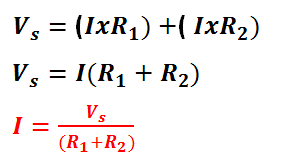
Voltage Divider Equations
In a voltage divider, the output voltage always scales down the input voltage and the current flowing through the series network that can be calculated using Ohm’s Law, I = V/R. Since the current is common to both resistors, the current across them are equal. We can calculate the voltage dropped across the resistor R2 using this equation:

From the equation above, you can solve the voltage drop across R2:

Likewise, for resistor R1, we can use the equation:

Then solving the voltage drop across R1:

Sample Problem
Calculate the voltage drop produced across each resistor and how much current will flow through a 30Ω resistor connected in series with a 50Ω resistor when the supply voltage across the series combination is 10 volts DC.
Calculating Resistance
Calculate the total resistance in the circuit and just add it all up since the resistors are connected in series.

Having the total resistance will allow you to calculate the current flowing in the resistors.

Using the equations above, the voltage drop across the resistors can be calculated.


Voltage Divider and the 10% Rule
You have to know the voltage you will supply and the load resistance when creating a voltage divider for a specific load. The voltage divider should only have a 10% bleeder current– the current drawn continuously from a voltage source to lessen the effect of load changes or to provide a voltage drop across a resistor. This means that the current going through the load is ten times the current going through the bottom of the voltage divider to ground.
For example:
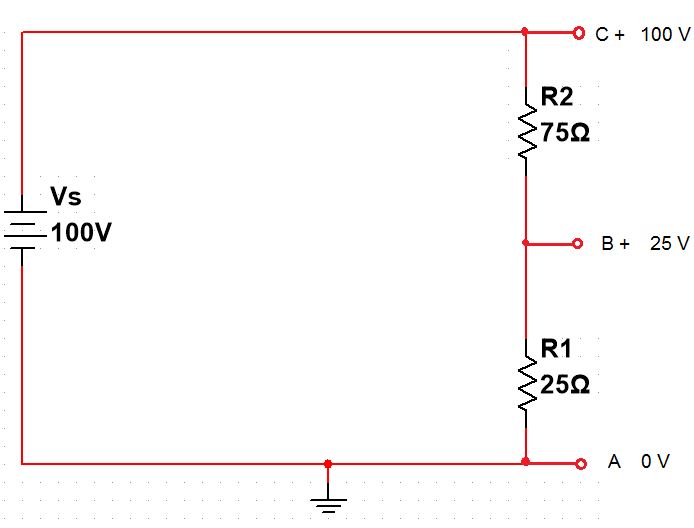
The requirement for this voltage divider is to provide a voltage of 25V and a current of 910 mA to the load from a source voltage of 100V.
Calculating R1 and R2
Determine the size of the resistor used in the voltage divider circuit using the 10% rule of thumb. The current in the divider resistor should equal to approximately 10% of the load current. This current, which does not flow through any of the load devices, is called bleeder current.
First, determine the load requirement and the available voltage source.

Then, solve for the bleeder current by applying the 10% rule.

After getting the bleeder current, you can now calculate for the bleeder resistance across R1.

Then, solve for the total current by adding the load and bleeder current.

From the calculated values, you can now solve for the value of R2.

You can now redraw the voltage divider circuit following the 10% rule.

In the first figure, take note that the value of resistance of a parallel network is always less than the value of the smallest resistor in the network since the load connected between point B and ground forms a parallel network of the load and resistor R1.
Voltage Ladder
A voltage ladder is a circuit that consists of several resistors in series with a voltage placed across the entire resistor network. Each resistor in the network has a higher voltage drop than the one before it. Since the resistors in the ladder are in series, the current is the same all throughout. To get its value, you should divide the total voltage by the total resistance. The voltage drop in each resistor can be calculated by multiplying the total current by the value of each resistor. The voltage referenced to the ground at any node can be defined as the sum of the voltages dropped by each resistor between that node and ground.

Hopefully this article has helped you understand voltage dividers better. Feel free to leave a comment below if you have questions about anything.

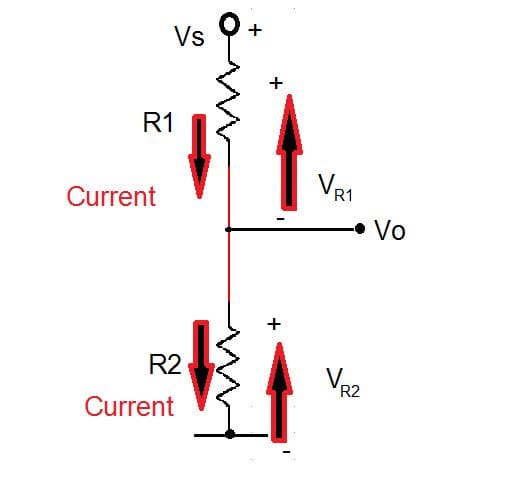


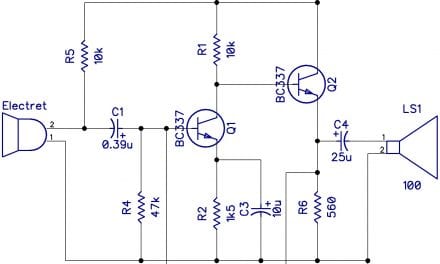

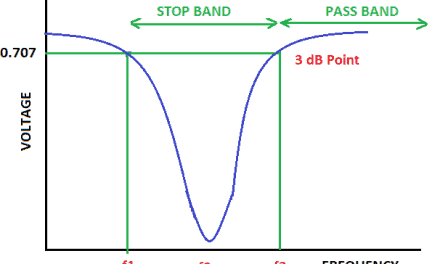
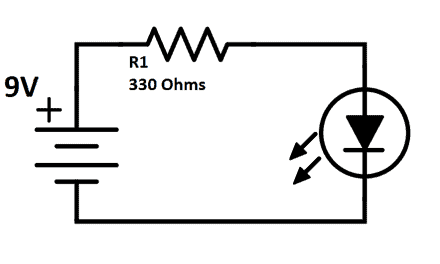



Thank you for the detailed explanation.
I’m exploring using a Voltage divider to reduce 24VDC to 16VDC as a power source for a 7 LED light bar. Trying to make sure the resistors are properly rated to limit the current and with sufficient power rating given the 140mA current I’m planning to be the load current.
This should be helpful and is appreciated.
you can only describe this lesson as superior
many thanks for a outstanding presentation